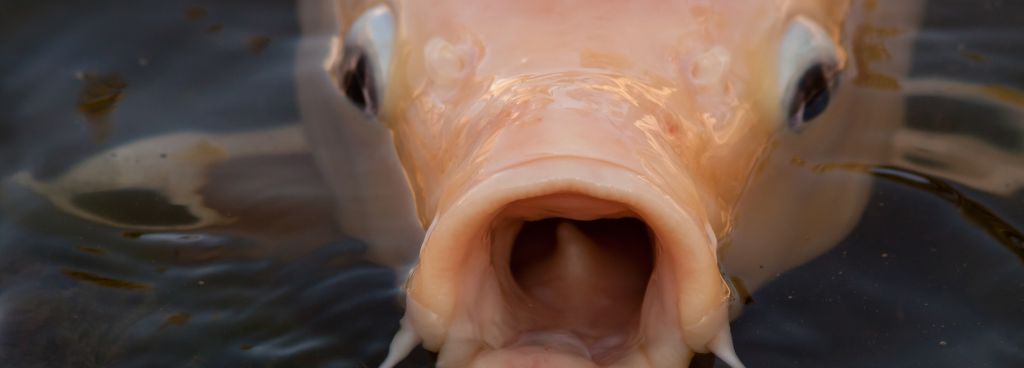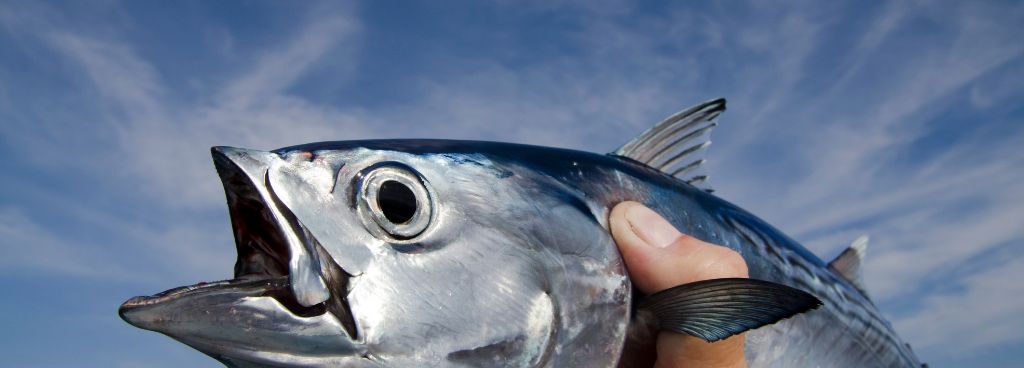Stories Worth Reeling In...
Last Updated on October 19, 2023
When it comes to fishing, it is essential to not only enjoy the sport but also to practice responsible fishing techniques and respect the well-being of the fish we encounter. One aspect that often sparks curiosity among anglers is whether a fish’s mouth can heal after being hooked.
Let’s embark on this enlightening journey to understand the fascinating healing process of a fish’s mouth after being hooked.
Table of Contents
A fish’s mouth is a complex structure designed for feeding, communication, and survival in its aquatic environment. It comprises various components, including the jaws, lips, teeth, and specialized tissues.

When a fish is hooked, the sensitive tissues and delicate structures within its mouth can be injured. The potential damage caused by fishing hooks depends on several factors, such as hook size, type, and angler’s techniques.
Upon being hooked, a fish’s mouth may experience tearing or puncturing, which can result in bleeding and discomfort for the fish. In response to the injury, the fish’s mouth initiates a series of physiological and protective mechanisms to minimize further harm and begin the healing process.
The healing process of a fish’s mouth is a fascinating display of nature’s resilience. When a fish’s mouth is injured by a fishing hook, its body immediately responds to initiate the healing process.
Tissue repair and regeneration play vital roles in restoring the health of the mouth. Specialized cells within the fish’s body mobilize to the affected area, promoting the growth of new tissues and gradually repairing the damaged ones.
Over time, the delicate structures of the fish’s mouth begin to heal, aided by its remarkable regenerative abilities.
Different species have varying healing capacities, some showing remarkable resilience and faster healing times than others. The hook’s size and the injury’s depth can also affect the healing timeline. The angler’s handling and release practices can impact the fish’s overall healing process.

The healing process of a fish’s mouth can vary in duration depending on the severity of the injury and the fish’s overall health. While some minor injuries may heal relatively quickly, more severe damage may take a longer time to heal completely.
It’s important to exercise patience and provide ample time for the fish to recover after being hooked. It’s worth noting that repeated injuries to the same area may have cumulative effects on the fish’s mouth health in the long term.
Responsible fishing practices, including proper handling and catch-and-release techniques, can significantly contribute to the overall well-being and long-term health of the fish population.
Open the fish’s jaw and determine where the hook is stuck. If the hook is slightly inside the throat or gullet area and you can still readily grab it, give it a gentle pull and it should be released from the fish.
Using appropriate fishing techniques and equipment can significantly reduce the risk of harm. Barbless hooks are also recommended as they are easier to remove and cause less harm to the fish’s mouth. By employing these techniques, anglers can help protect the delicate structures of a fish’s mouth and promote its healing process.
Catch-and-release practices play a vital role in promoting fish mouth healing and ensuring the sustainability of fish populations. When practiced correctly, catch-and-release allows fish to recover from the hooking experience and return to their natural environment.
It allows them to heal their mouth injuries and contribute to the overall population. It’s important to handle the fish gently, keeping them in the water as much as possible and minimizing the duration of the interaction.
When handling a fish, wetting your hands or using a wet cloth helps protect the fish’s delicate mucous membranes and scales. Avoid squeezing or applying excessive pressure to the fish’s body, especially around the mouth area.
If you need to remove the hook, use a pair of needle-nose pliers or a hook removal tool to minimize handling time and reduce stress on the fish.
There are several common myths and misconceptions surrounding the healing process of a fish’s mouth after being hooked. Let’s debunk some of the common misconceptions:
Myth 1: A fish’s mouth heals instantly after being hooked.
Fact: While fish have a remarkable ability to heal, the healing process takes time and varies depending on several factors. Instant healing is a misconception. The healing time can range from days to weeks, depending on the severity of the injury and the fish’s overall health.
Myth 2: Once a fish’s mouth is hooked, it will never heal completely.
Fact: Fish possess remarkable regenerative capabilities, and their mouths can recover to a great extent. While there may be some residual scarring or deformities, fish can recover and resume normal feeding behaviors.
Myth 3: The use of fish mouthwash or homemade remedies speeds up the healing process.
Fact: There is no scientific evidence to support the use of fish mouthwash or homemade remedies to expedite the healing of a fish’s mouth.
These remedies may even be harmful to the fish’s health. It’s best to rely on natural healing mechanisms and responsible fishing practices.
In cases where a fish is deeply hooked, it is often better to release the fish. Attempting to remove a deeply embedded hook can cause more harm than good. It’s essential to minimize any additional injury and release the fish gently.
While there’s some evidence that fish can become more cautious after catch and release experiences, their behavior can vary greatly. Fish adapt to their environments, and factors like fishing pressure play a significant role in their wariness.
A fish’s feeding habits can be influenced by various factors, including catch and release experiences. Some studies suggest that fish might become more selective about their food choices or feeding locations after catch and release.
I encourage all anglers to prioritize responsible fishing practices, respect fish as living creatures, and play an active role in protecting our aquatic ecosystems. Together, we can create a sustainable future for fishing and foster a deeper appreciation for the natural world.
Remember, every action we take can make a difference. Let’s continue to learn, adapt, and evolve our fishing practices to promote the health and well-being of fish populations for generations to come.